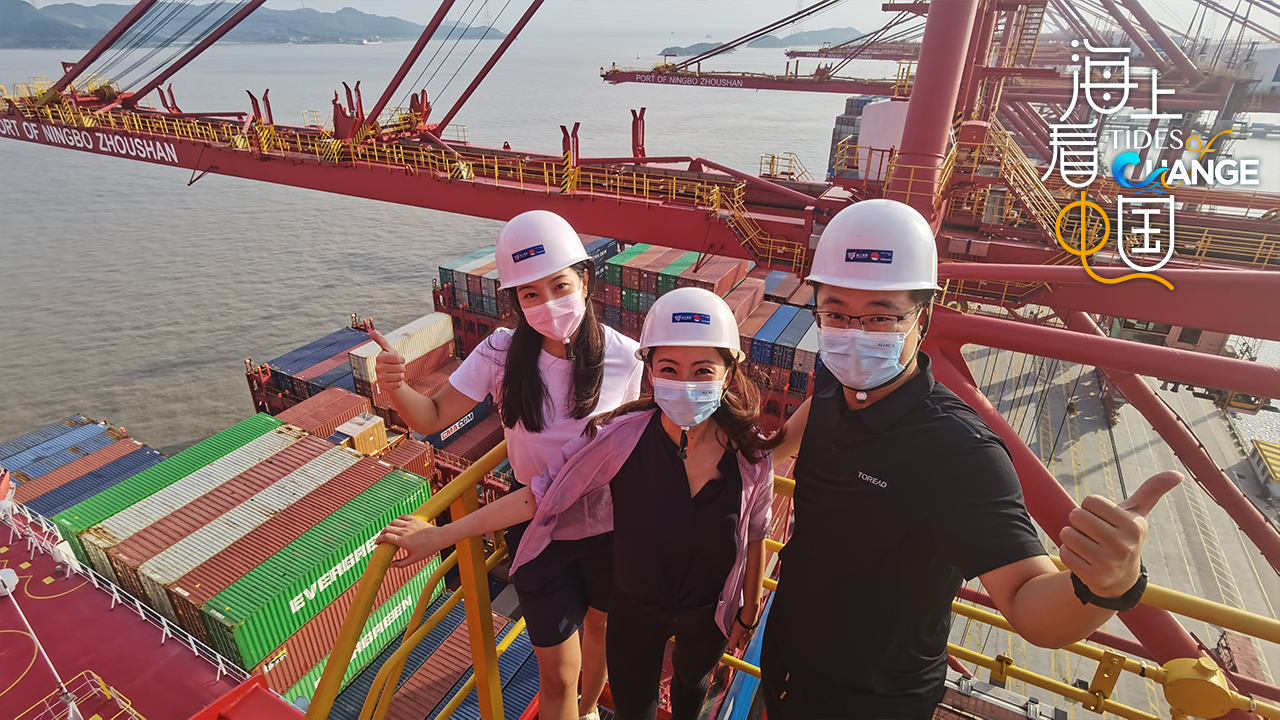- Home
- China
- World
- Asia-Pacific
- Americas
- Europe
- Middle-East and Africa
- Politics
- Business
- Opinions
- Tech & Sci
- Culture
- Sports
- Travel
- Nature
- Picture
- Video
- Live
- TV
- Specials
- Learn Chinese

Search Trends
The Ningbo-Zhoushan Port in east China's Zhejiang Province has been the world's busiest port by cargo tonnage since 2009, with a cargo handling capacity of nearly 1.2 billion tonnes in 2020. The port's cargo throughput exceeded 1 billion tonnes in 2017, the first in the world to cross such a benchmark. Over 40 years ago, it was just a small local port, with an annual cargo throughput of 2.14 million tonnes. Thanks to the country's opening-up and effective COVID-19 containment efforts, it has become a miracle in the history of global port development. Ningbo lies where the Silk Road Economic Belt and the 21st Century Maritime Silk Road intersect. Its port shows how China’s Belt and Road Initiative has improved port infrastructure and increased trade along the routes. CGTN reporters Yang Xinmeng, Zhao Yunfei and Huang Fei take a closer look at the port as it is resuming operations at some terminals as Typhoon Chanthu continues to move up China's east coast. The disruption comes at a time when global supply chains are being stretched by a resurgence in consumer demand and shipping delays. However, the port is confident it has the resources to handle the congestion.

